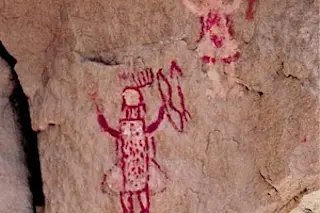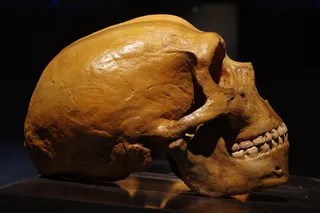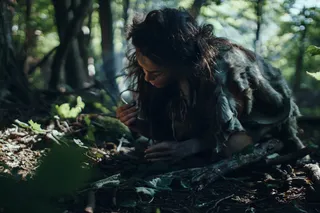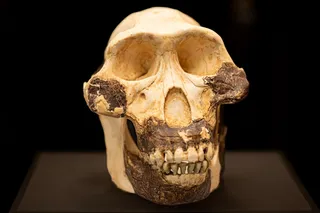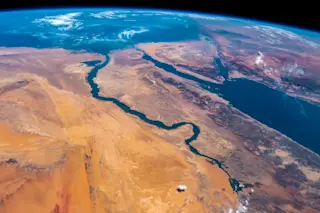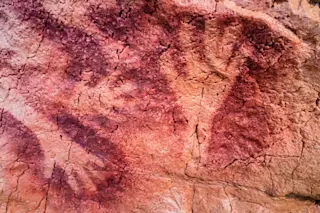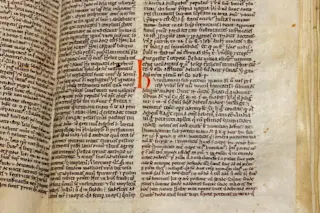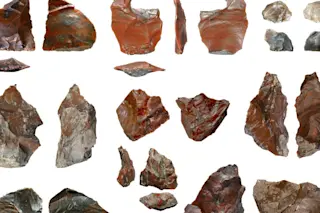Myths about the Hero Twins, one of whom is shown holding a bow here, are an important part of Navajo identity.
In certain circles, there is a violent allergic reaction whenever someone suggests that religion and science are compatible. A particular type of atheist is especially vulnerable to this immune disorder. For example, P.Z. Myers, the evolutionary biologist and pugnacious blogger, became famously symptomatic at a 2010 gathering of atheists. After one participant suggested that non-religious people could still be spiritual, Myers nearly retched:
Whenever we start talking about spirituality, I just want to puke.
I hope Myers didn’t have too much to eat before reading the headline from this week’s commentary in Nature: “Sometimes Science Must Give Way to Religion.” The column, by Arizona State University’s Daniel Sarewitz, suggests that rational explanation of the universe’s existence, as advanced recently by discovery of the Higgs boson, can’t match the feelings ...


